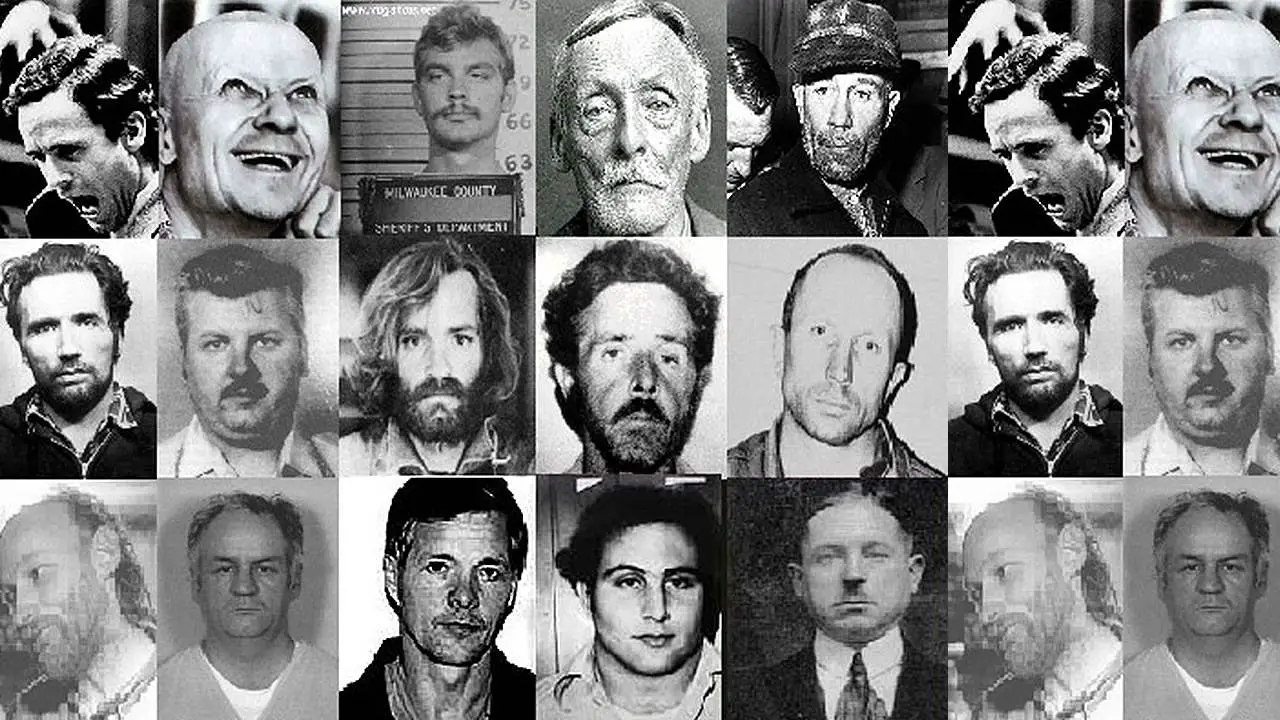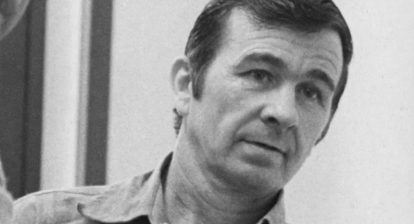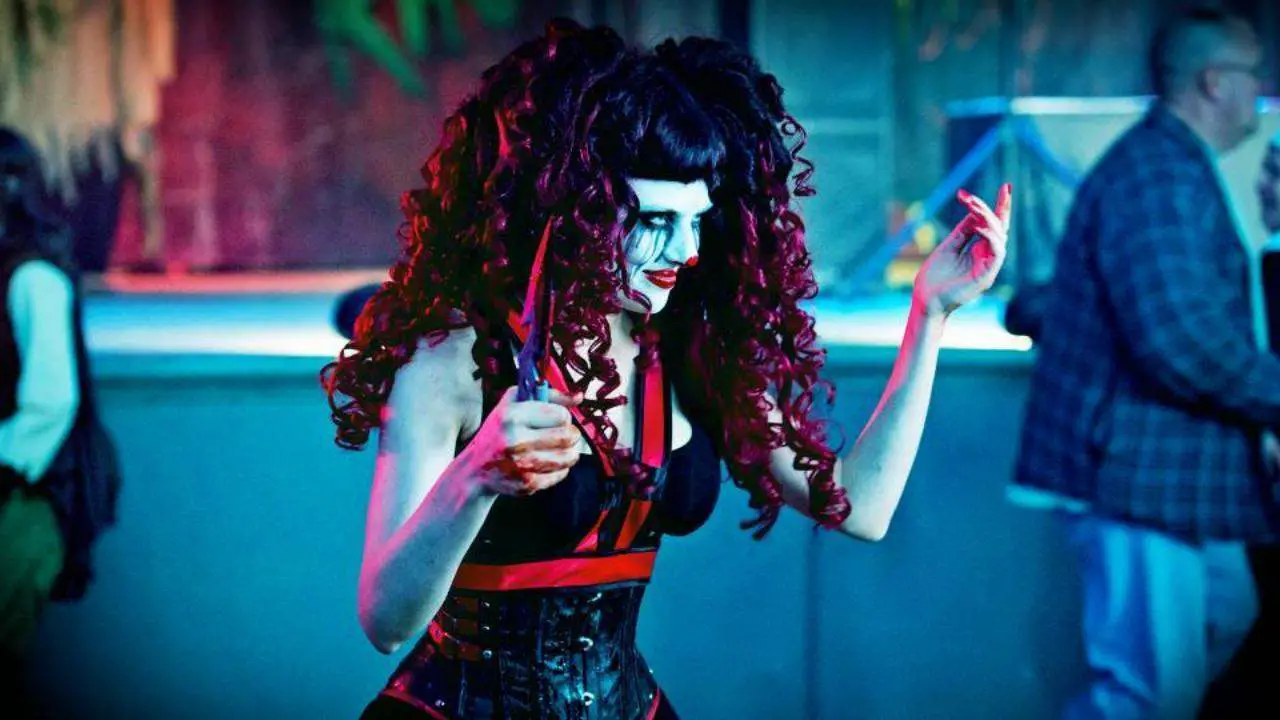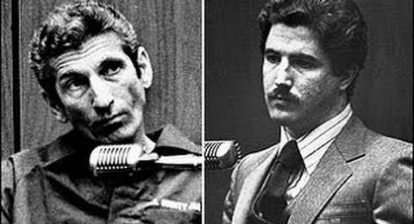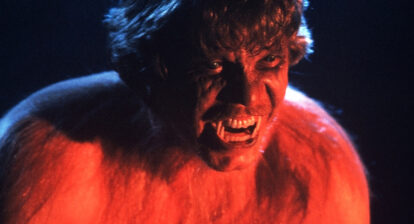In American pop culture, there are certain names of famous–or, sometimes more accurately, infamous–people who are household names across the nation. People like Rihanna, Jon Stewart, and Leonardo DiCaprio are valued by society because of their achievements, social contributions, or ability to entertain the general public. Gossip columnists and paparazzi make a a lucrative living solely because the American people care so much about what goes on in the daily lives of celebrities. But regardless of how little credibility these establishments have, what they are doing pales in comparison to the detrimental work of the mainstream media outlets who fuel our society’s grotesque worship of serial killers.
Like any movie actor, musician, or comedian who has gained a high level of notoriety, Charles Manson, Ed Gein, and John Wayne Gacy also have their own place in pop culture. Understandably, true crime fanatics, criminal justice scholars, and members of law enforcement have an interest in these men (and women) and the heinous crimes they have committed. However, thanks in large part to increasingly widespread media coverage it has overflowed to regular households also.
Families tuning in to detailed broadcasts of their local news, find themselves transfixed by the gory details. It’s almost impossible to watch the news without graphic depictions of cannibalism, serial rape, or strangulation. However, serial killers are very rare in the criminal justice system and make up a very small percentage of violent crime.

This distortion between news and reality in the social construct of crime is actually called the Backwards Law, which explains that the information the media chooses to show you is in no way indicative of the justice system and is often, in fact, the complete opposite.
Serial killers are also often depicted in cinema, with Silence of the Lambs and Texas Chain Saw Massacre being based around Ed Gein, while A Nightmare on Elm Street has its roots in the murders committed by the night stalker Richard Ramirez, and The Devil’s Rejects takes its inspiration from the Bloody Bender family, who ran a hotel that no one ever checked out of.
 There are numerous examples like this, but essentially, horror movies have carried on the fascination that was sparked by the media with the popularity of the Manson family murders in the sixties.
There are numerous examples like this, but essentially, horror movies have carried on the fascination that was sparked by the media with the popularity of the Manson family murders in the sixties.
Another unfortunate side effect of our fascination with these murderers is that the victims become marginalized, blamed, or even forgotten. When the victims are included, if at all, they aren’t the vibrant people they once were, instead are reduced to helpless caricatures.
Oftentimes, in major, celebrated cases, the victims are left behind in favor for the grotesque reverence of the evil people who commit particularly heinous crimes. Creating a sense that the victims are helpless also establishes a duality where victims are stereotyped and blamed instead of helped.
Women, in particular are told they are physically weaker than men and require martial arts training or need to carry tasers or mace to stay safe at night. But, when another woman is victimized, regardless of the circumstances, the blame often shifts to them and fingers are pointed saying, “See? I told you, you need mace. I bet she didn’t have mace and look what happened to her.”
The media then invite talking heads on to their programs to point out what the victims did wrong and how you can be smarter and not end up as another name in a district attorney’s file.
 For example, Ted Bundy would lure women into his car by wearing a fake cast and asking a female passersby for help with loading his car with groceries or something similar. He would then place his victim in a vulnerable position and drive her away in that very same car.
For example, Ted Bundy would lure women into his car by wearing a fake cast and asking a female passersby for help with loading his car with groceries or something similar. He would then place his victim in a vulnerable position and drive her away in that very same car.
Hindsight is 20/20, so often when Bundy’s victims are discussed, people make statements like, “See? She was dumb enough to help some strange man alone, I would never do that!” Not only is this completely naive, it ultimately plays into an idealism that values the killers, and their legacies, over their victims.
So, next time you read, research, or see a horror movie based on a serial killer, try to remember these kinds of killers are a rare breed, they are nothing more than murderers, and not worthy of our praise or adulation. Instead, let’s try to honor the victims, so we don’t end up spreading the worship of monsters.
